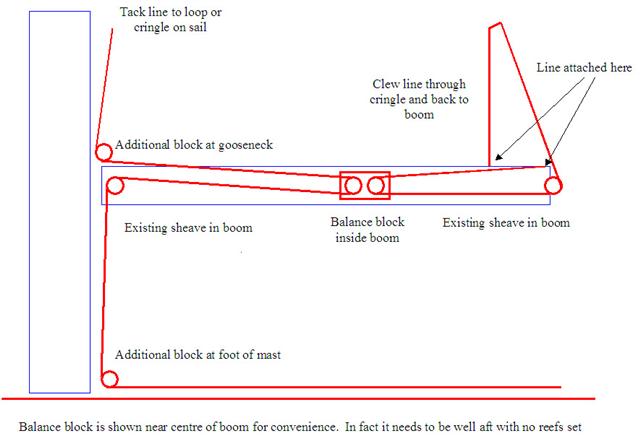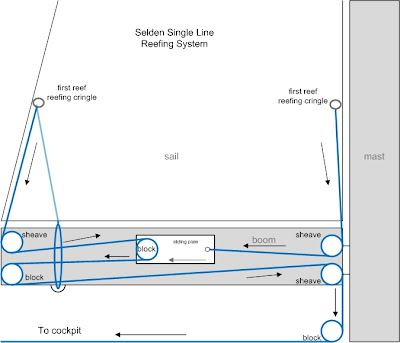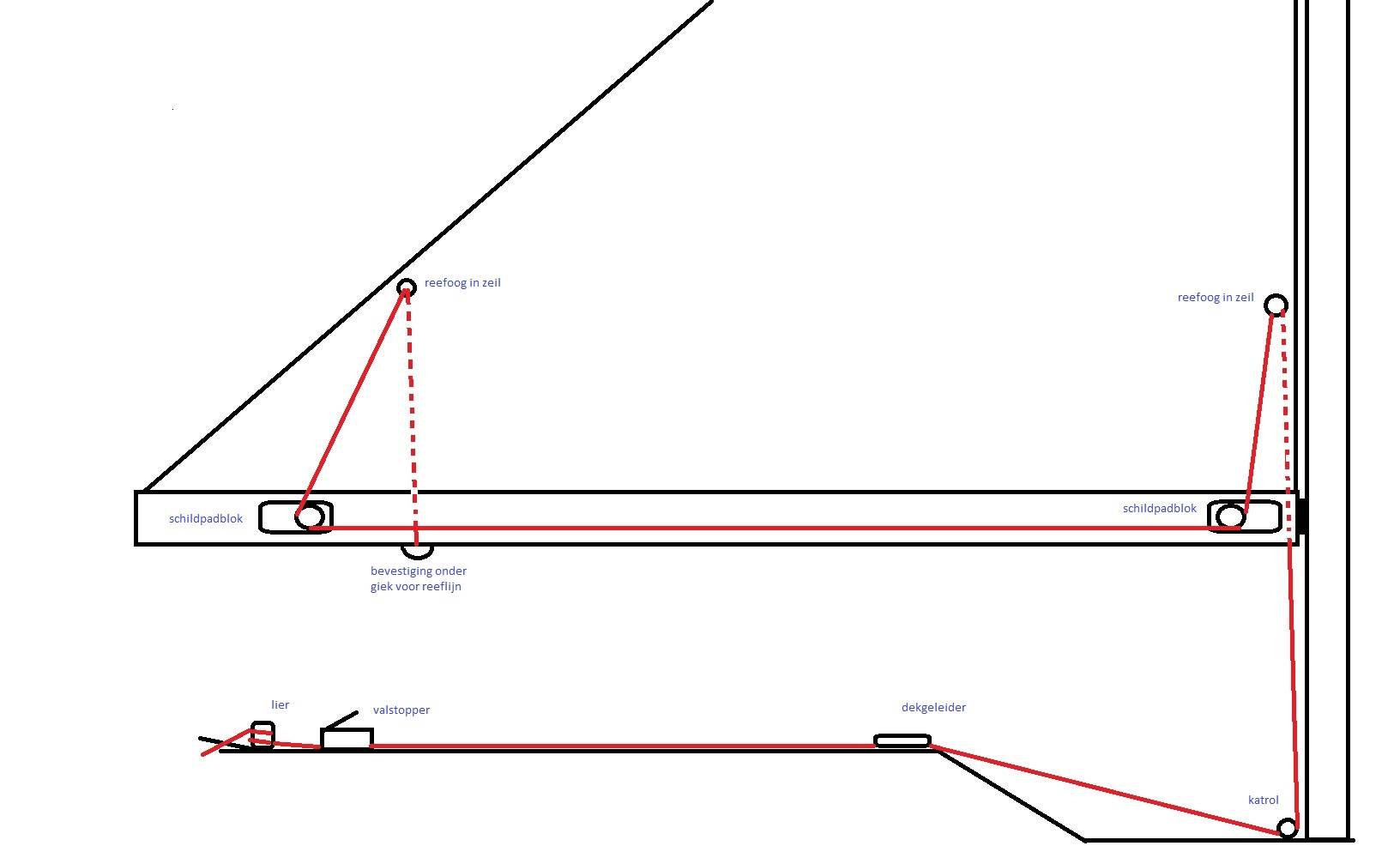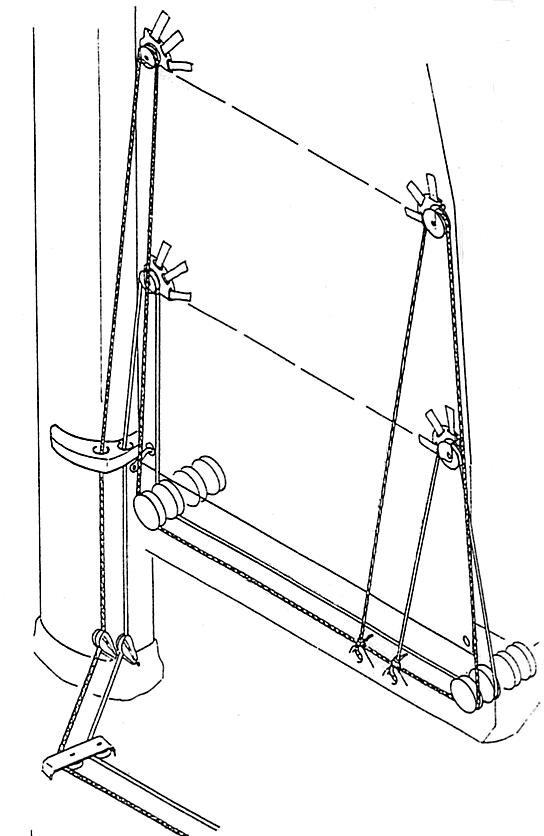monkfish24
Active member
I am converting my boat over to single line reefing in preperation for her to be more easily handled on my own.
Having had a browse around, it seems there are a few mentions of balance blocks inside the boom, not something I had thought about before.
Has anyone started off without the balance blocks and then moved over? Was it worth the hassle?
Picture shamelessly ripped off from vyv_cox's website.

Having had a browse around, it seems there are a few mentions of balance blocks inside the boom, not something I had thought about before.
Has anyone started off without the balance blocks and then moved over? Was it worth the hassle?
Picture shamelessly ripped off from vyv_cox's website.

Last edited:



